Artificial Intelligence (AI) has evolved tremendously over the past few years, and one of the most exciting areas within AI is generative AI. Generative AI, encompassing a class of algorithms and models, possesses the ability to generate content whether text, images, music, or even code without direct human input. These AI applications and tools are transforming various industries and unlocking new possibilities. In this blog, we’ll explore the top 9 generative AI applications and tools that are making waves in 2023.
What is Generative AI?
Generative AI, commonly referred to as generative adversarial networks (GANs) or autoregressive models, constitutes a specialized subset of artificial intelligence. It is dedicated to autonomously creating content. These AI systems effectively glean patterns and structures from extensive datasets. Subsequently, they harness that acquired knowledge to generate new content that faithfully replicates the style and characteristics of the data on which they were trained. As a result, generative AI demonstrates the remarkable ability to produce outputs that seamlessly align with the underlying data distribution. Generative AI can be applied to a wide range of creative and practical tasks, from generating human-like text to creating artwork and even assisting in software development. It holds the potential to augment human creativity and productivity in various fields.
Top 9 Generative AI Applications
Generative AI applications are ready-to-use software solutions that leverage the power of generative AI to perform specific tasks or generate creative content. In this section, we’ll delve into the top 9 generative AI applications that are making waves in 2023.
GPT-3 and Its Successors:
Generative Pre-trained Transformers (GPT) have revolutionized the natural language processing domain. GPT-3, developed by OpenAI, is one of the most famous examples. It can generate coherent and contextually relevant text based on the input it receives. In 2023, GPT-4 and other successors are pushing the boundaries even further by demonstrating improved text generation capabilities and reduced bias.
Deep Dream:
Deep Dream, developed by Google, is a generative AI tool that can create surreal and visually captivating images. It uses neural networks to enhance and modify existing images, transforming ordinary photos into psychedelic artworks. Artists and photographers are increasingly using Deep Dream to add a unique and creative flair to their work.
DALL-E:
DALL-E, also developed by OpenAI, is a generative AI model that specializes in creating images from textual descriptions. It can generate images of objects and scenes that don’t even exist, showcasing the potential for AI to aid in visual content creation and design.
Artbreeder:
Artbreeder is a user-friendly platform that leverages generative AI to create and manipulate images. Users can blend and morph images to generate stunning and unique visuals. It has gained popularity among digital artists and designers for its ability to produce eye-catching, one-of-a-kind visuals.
ChatGPT:
“ChatGPT, a sibling model to GPT-3, tailors itself for conversational AI applications. It powers chatbots and virtual assistants, enabling natural and engaging interactions between humans and machines. As businesses increasingly adopt AI-powered customer support and communication, ChatGPT plays a pivotal role.
Runway ML:
Runway ML is a creative toolkit that makes generative AI accessible to designers and artists. It offers a range of pre-trained models for image, text, and sound generation. Runway ML’s user-friendly interface empowers creators to experiment with AI in their projects, fostering innovation in the creative industry.
AI Dungeon:
AI Dungeon is an interactive text-based adventure game powered by GPT-3. Players can craft their own stories, and the AI responds dynamically, generating text-based adventures in real-time. It showcases the potential of generative AI for entertainment and gaming.
DeepDream Video:
Generative AI is not limited to creative fields; it also has practical applications. Code generation tools like GitHub Copilot use AI to assist developers in writing code more efficiently. These tools analyze code context and generate suggestions, reducing coding errors and speeding up development.
DeepArt :
DeepArt is a generative AI application designed for transforming photos into famous art styles. Users can upload their images and apply the styles of renowned artists like Van Gogh and Picasso. It’s a fun and creative way to merge personal photos with iconic artistic expressions.
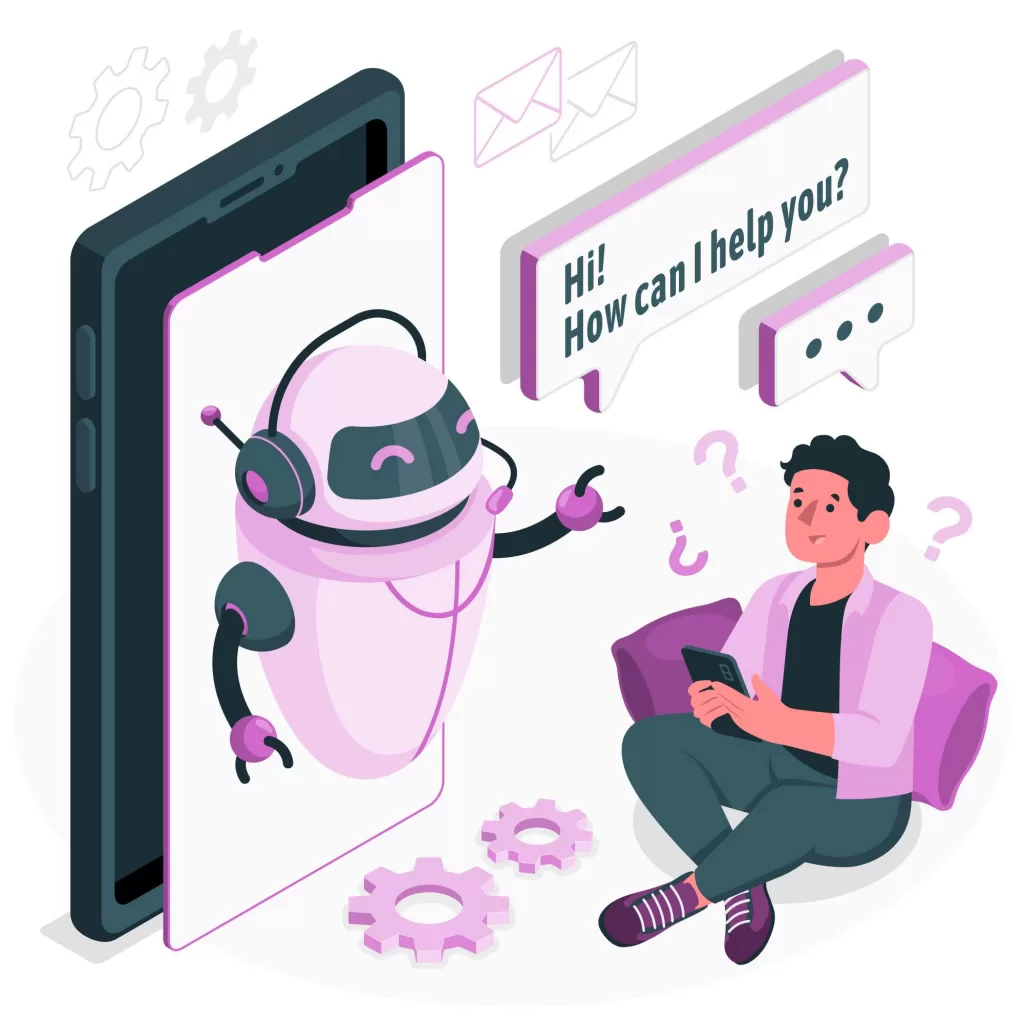
Top 9 Generative AI Tools and Frameworks
Generative AI tools and frameworks provide the infrastructure and resources for developers and creators to build their own generative AI applications. In this section, we’ll explore the top 9 generative AI tools and frameworks that are driving innovation in 2023.
Magenta (Framework):
Developed by Google, Magenta is an open-source generative AI framework tailored for music and art. It offers a platform for musicians and artists to experiment with AI-generated compositions, melodies, and artworks. Magenta’s tools and models are fostering creativity and exploration in the fields of music and art.OpenAI GPT-3 API:
OpenAI offers an API for GPT-3, allowing developers to integrate its powerful text generation capabilities into their own applications and services. It’s a versatile tool for building conversational agents, content generators, and more.
TensorFlow:
TensorFlow is a popular open-source machine learning framework by Google. It provides a wide range of tools and resources for developing generative AI models, making it a go-to choice for researchers and developers working on various AI applications.
PyTorch:
PyTorch, another extensively adopted open-source machine learning framework, stands out for its exceptional flexibility and user-friendly design. Researchers and developers widely prefer it when constructing generative AI models due to its dynamic computation graph and the robust support of its extensive community.
Runway ML (Toolkit):
While Runway ML was mentioned as an application, it also offers a toolkit for developers, providing a set of creative tools and pre-trained models for building custom generative AI applications.
Hugging Face Transformers:
Hugging Face offers a comprehensive library of pre-trained language models, including GPT-2 and BERT, along with easy-to-use APIs. These resources are invaluable for developers looking to incorporate powerful text generation and understanding into their projects.
OpenCV:
OpenCV is a versatile computer vision library with extensive generative AI applications. It provides tools for image and video analysis, making it a valuable asset for developers working on projects involving visual content generation.
Adobe Sensei:
Adobe Sensei is Adobe’s AI and machine learning framework integrated into their creative software suite. It aids creators in automating repetitive tasks and enhancing their design processes through generative AI algorithms.
GitHub Copilot:
GitHub Copilot is a code generation tool that uses AI to assist developers in writing code efficiently. It analyzes code context and provides suggestions, reducing coding errors and expediting the development process. It’s a game-changer for software developers seeking to boost productivity.
Conclusion
n conclusion, generative AI is at the forefront of driving innovation across various domains, spanning from creative arts to software development. The top 9 applications and tools we’ve explored here are just the tip of the iceberg within the generative AI landscape. As AI continues its relentless advance, we can eagerly anticipate an array of even more exciting developments and applications in the coming years, further erasing the boundaries between human creativity and machine intelligence. Regardless of whether you’re an artist, developer, or simply curious about the future of AI, these generative AI tools offer an intriguing glimpse into the limitless possibilities that await on the horizon.
Also Read : “Generative AI and the future of work in America“







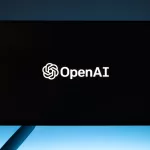
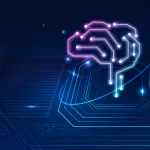
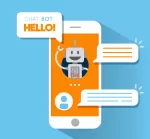
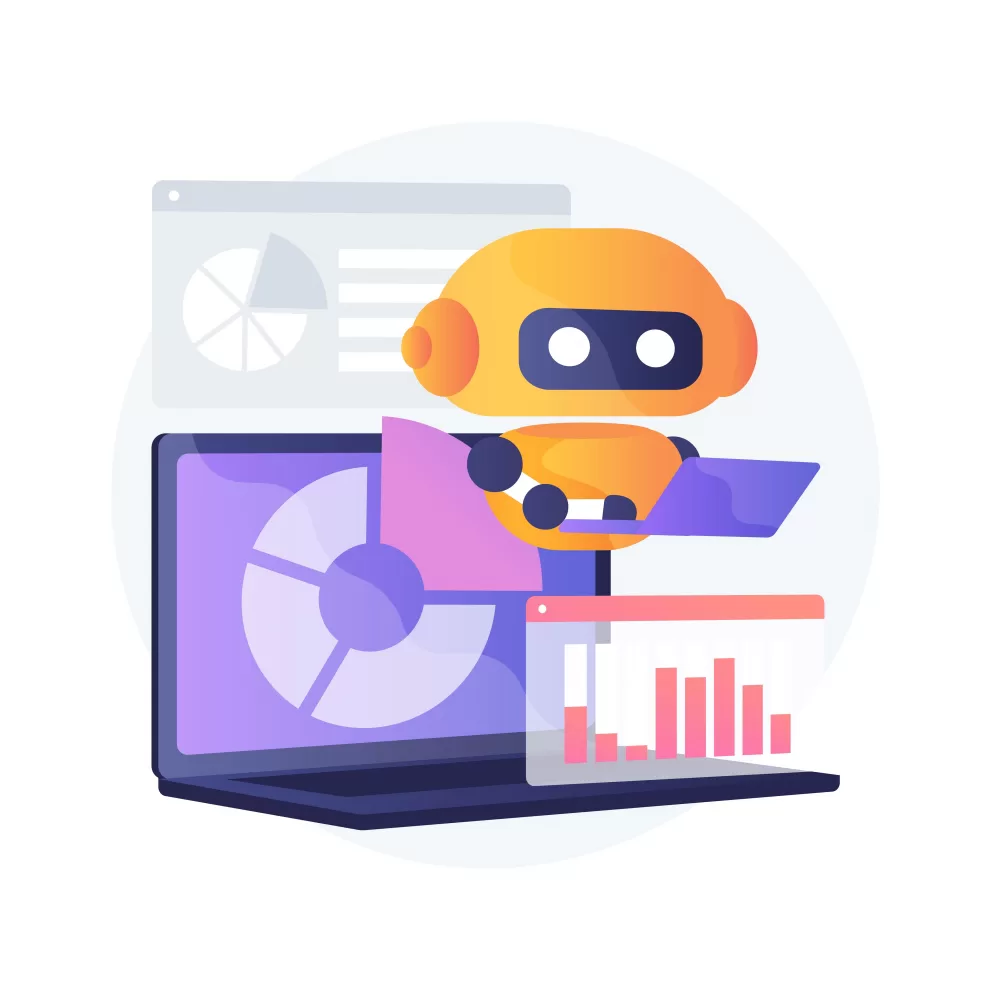








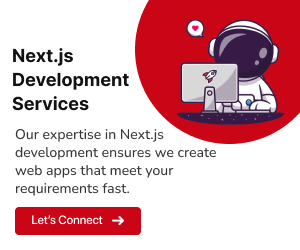



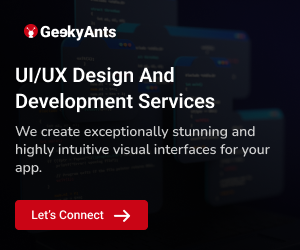
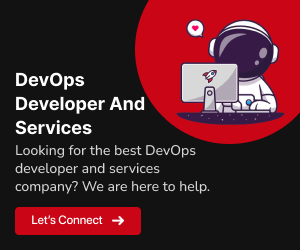
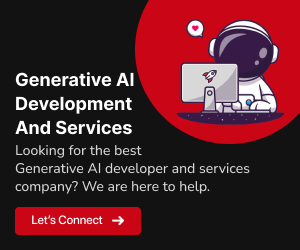
Add Comment